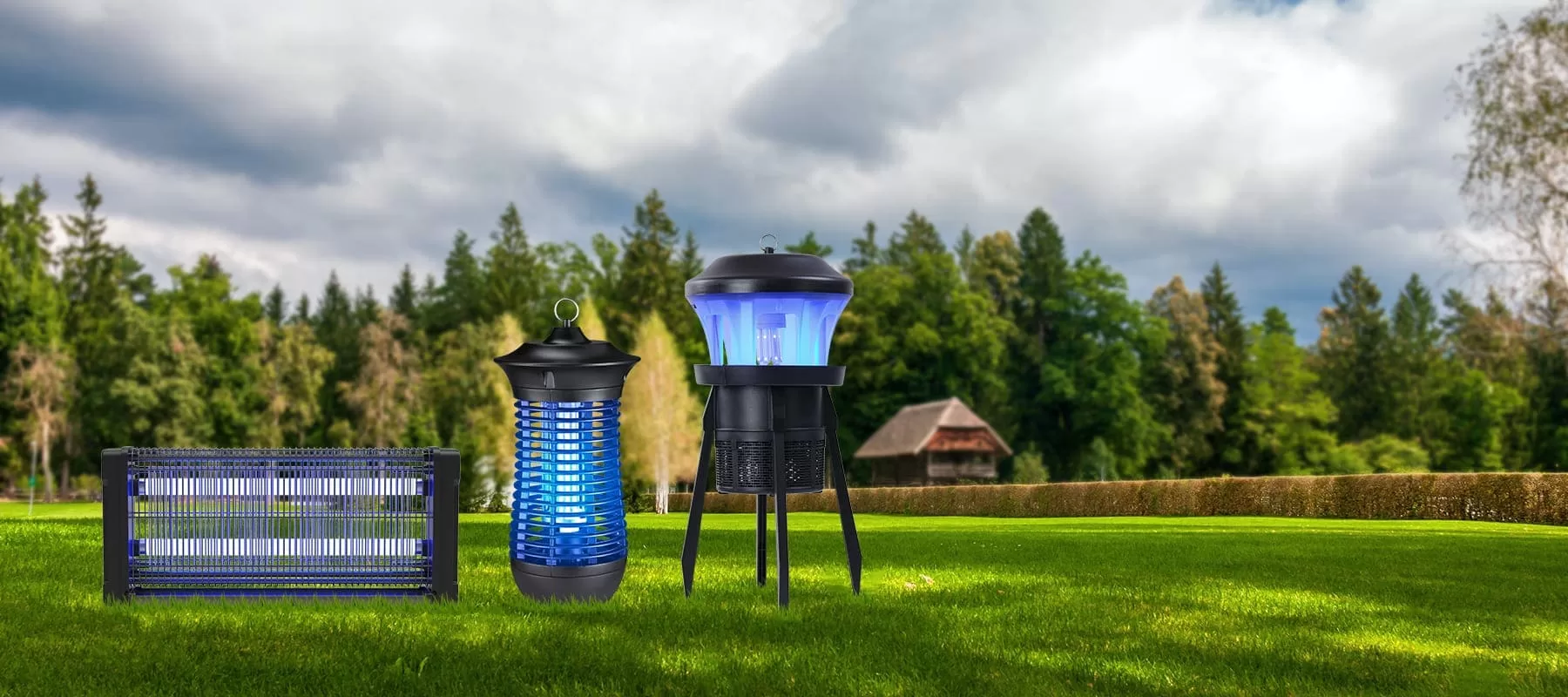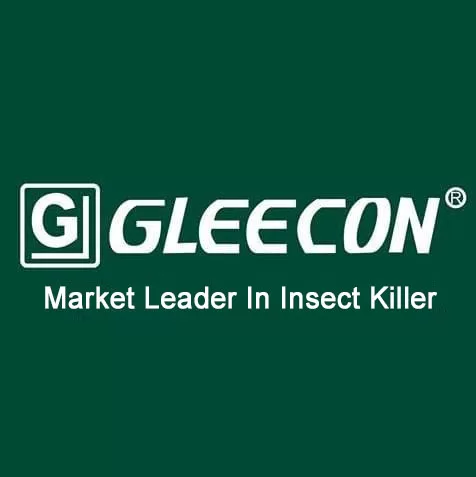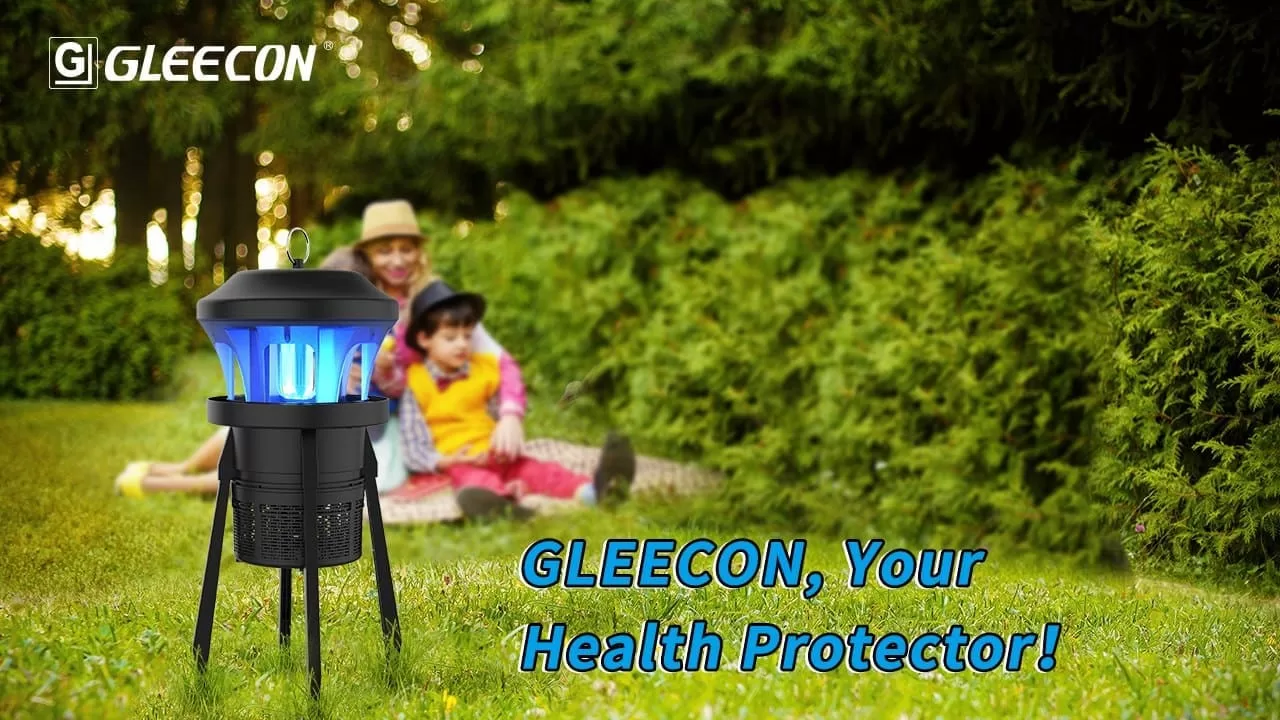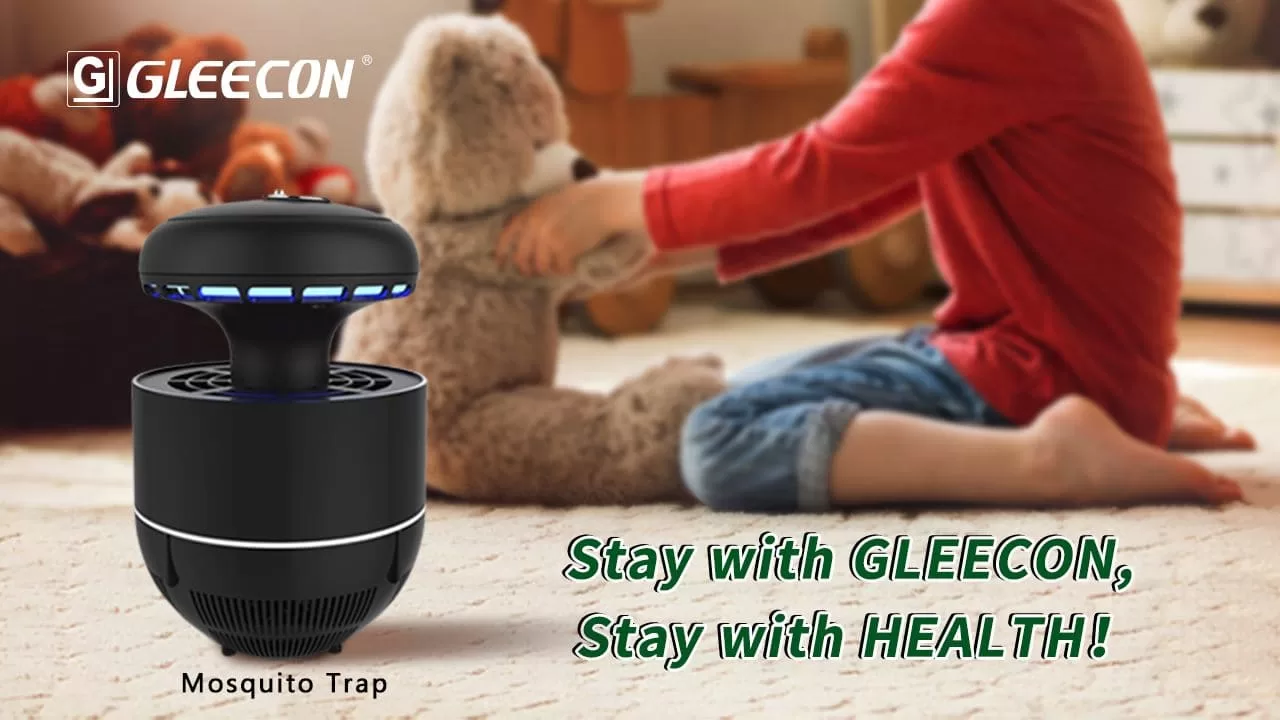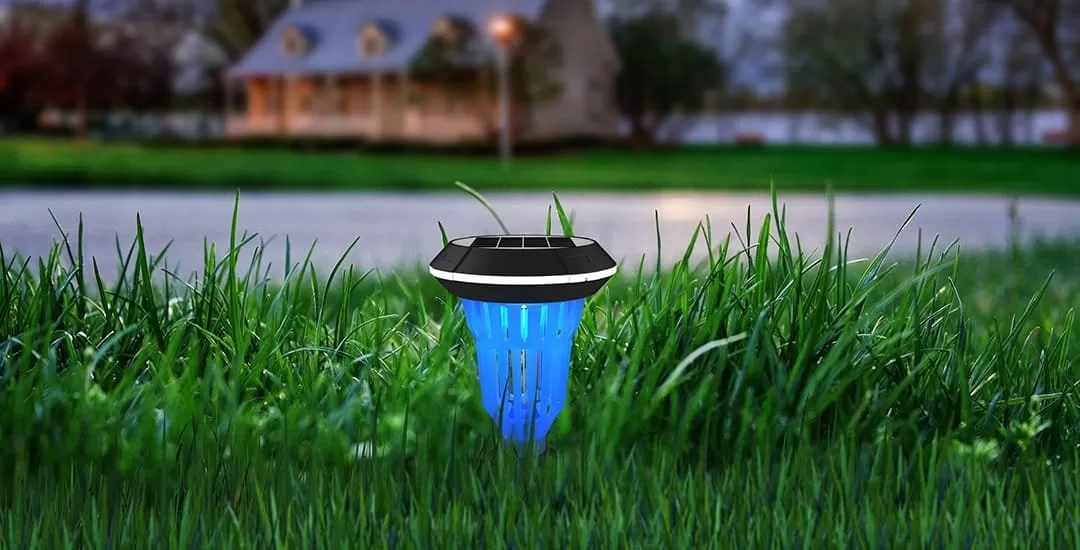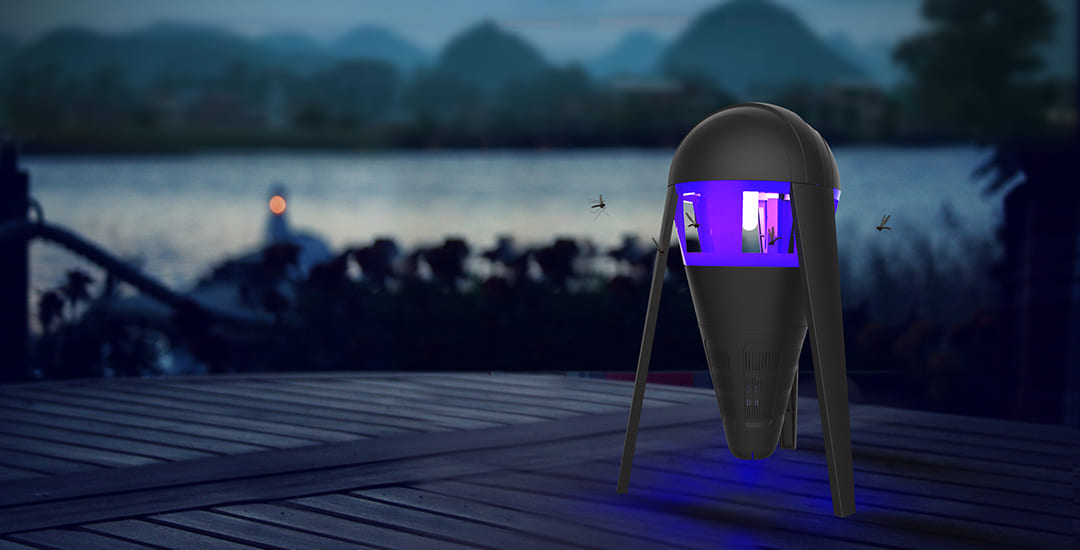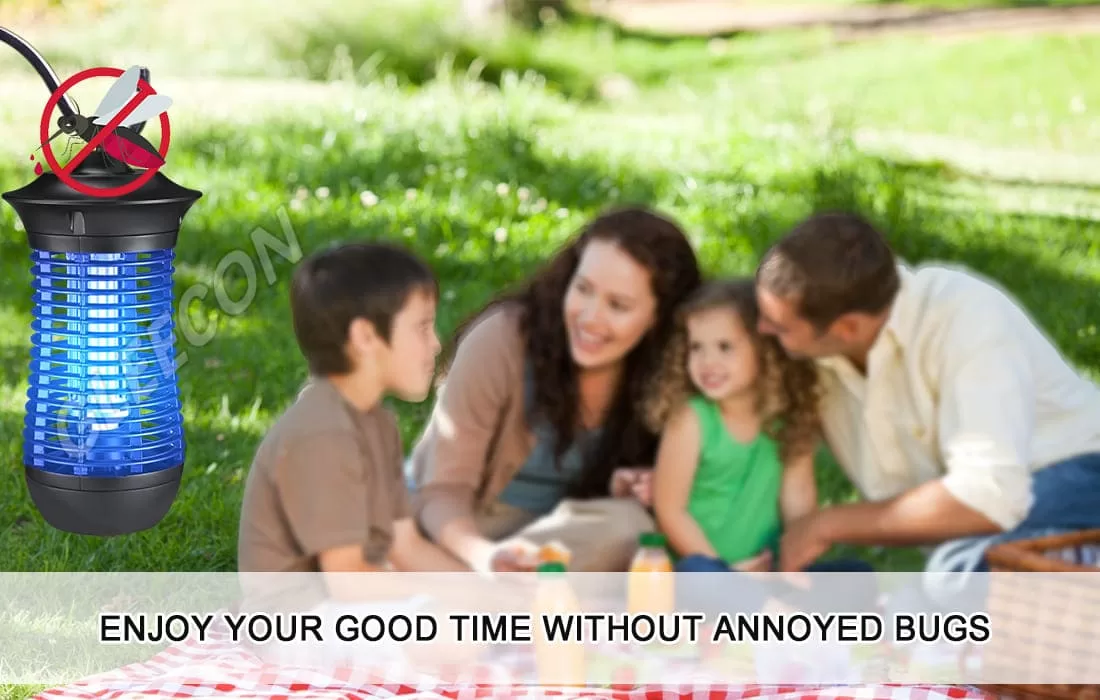Table of Contents
Introduction:
Flies can be a significant problem in commercial spaces, including restaurants, warehouses, and food processing facilities. Not only are they a nuisance to customers and employees, but they can also pose health risks by contaminating food and spreading diseases. This is where commercial fly traps come in. In this ultimate guide, we will explore how these devices work, the different types available, and why investing in a commercial fly trap is crucial for maintaining a hygienic and pest-free environment.
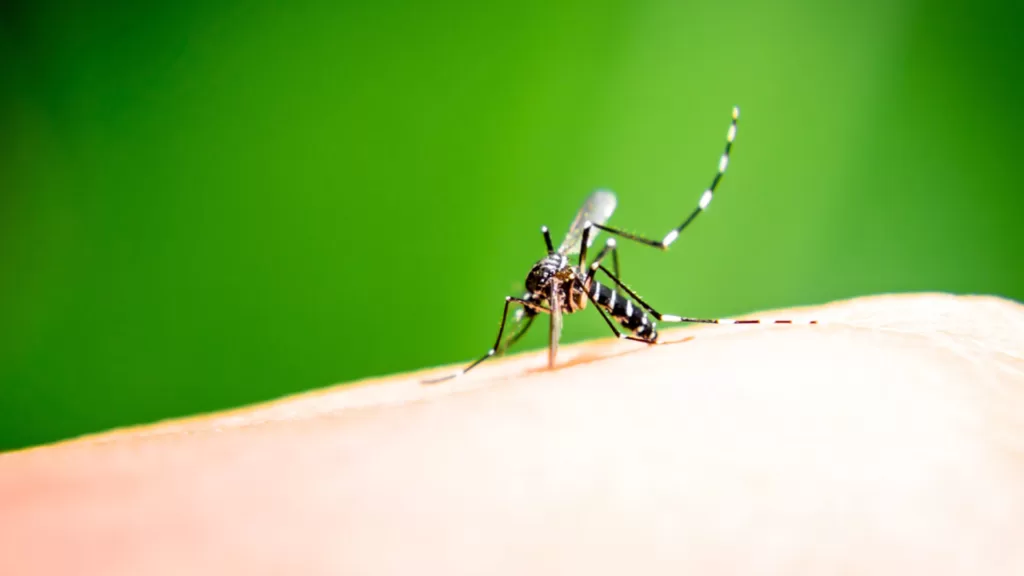
1.Understanding the Problem:
Flies are attracted to food sources, garbage, and other organic matter. They are attracted to the smell and visual appearance of these items, and this is where they pose a significant threat to commercial spaces. Flies can quickly multiply, resulting in an infestation that can harm your reputation and impact food safety standards. Commercial fly traps offer a solution to combat these pests effectively.
2.How Commercial Fly Traps Work?
Commercial fly traps utilize various mechanisms to attract and eliminate flies. Here are the most commonly used types:
- UV Light Traps: These traps use ultraviolet (UV) light to attract flies. The UV light emitted by the device mimics the appearance of food or a breeding source for flies. Once attracted to the light, the flies are either trapped by sticky surfaces or electrocuted by an electric grid.
- Sticky Trap Traps: These traps incorporate sticky surfaces to capture flies. The traps are designed with adhesive boards or tapes that flies land on and become stuck to. This not only prevents flies from flying away but also makes disposal and cleaning easier.
- Decoy Traps: Decoy traps work by simulating the appearance and smell of a food or breeding source that flies are attracted to. These traps lure the flies towards them using specific chemicals or bait. Once the flies enter the trap, they are unable to escape.
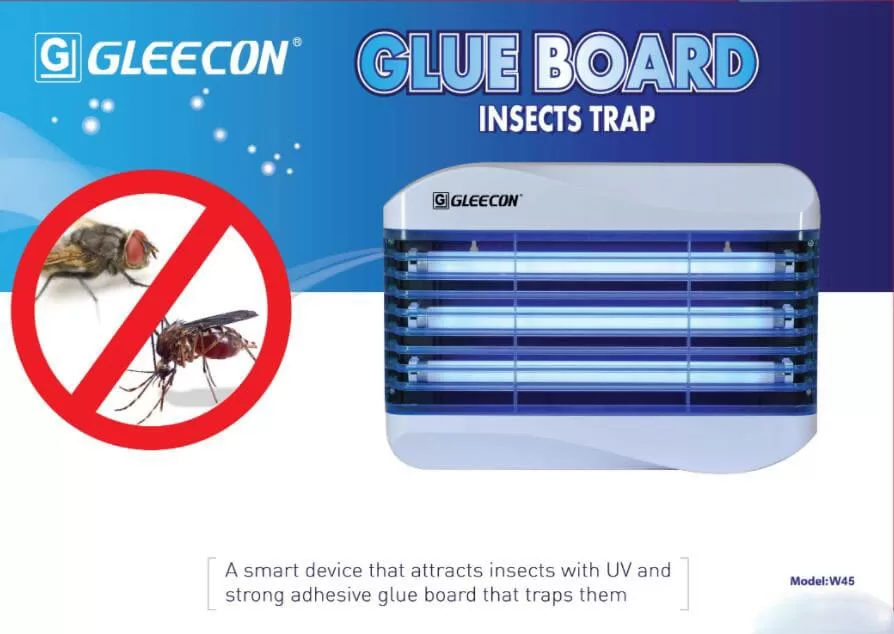
3.Why you need Commercial Fly Traps?
Investing in a commercial fly trap offers numerous benefits for your business:
- Enhanced Hygiene: By capturing and eliminating flies, commercial fly traps help maintain a hygienic environment, preventing the contamination of food and reducing the risk of diseases.
- Improved Customer Experience: Flies buzzing around can be off-putting for customers. Installing commercial fly traps shows your commitment to cleanliness and customer satisfaction, enhancing their overall experience.
- Compliance with Health and Safety Regulations: Many health and safety regulations require businesses to take measures against pest infestations. Commercial fly traps help you meet these requirements and avoid any penalties or legal issues.
- Cost-Effectiveness: Dealing with fly infestations can be expensive, involving the use of chemical sprays or professional pest control services. Commercial fly traps offer a cost-effective solution for long-term fly control.
4.How to Choose Commercial Fly Trap?
When selecting a commercial fly trap, consider the size of your space, the level of infestation, and the specific needs of your business. Consult with a professional or research reputable brands to ensure you choose a trap that matches your requirements.

Choosing the right commercial fly trap involves considering several factors to ensure its effectiveness in controlling and managing fly populations. Here are some key factors to consider:
- Type of Fly Trap:
- UV Light Traps: These traps use ultraviolet light to attract flies, and an electric grid or adhesive surface captures them when they come close.
- Glue Traps: These traps use a sticky surface to capture flies. They are usually non-toxic and easy to use.
- Baited Traps: These traps use attractants like pheromones or food to lure flies into a trap where they are either captured or killed.
- Size and Capacity:
- Consider the size of the area you need to cover and the expected fly population. Larger spaces may require multiple traps or traps with higher capacity.
- Location and Installation:
- Choose a trap that can be easily installed in the desired location. Consider whether the trap will be used indoors, outdoors, or both. Some traps are designed for specific environments.
- Power Source:
- UV light traps typically require electricity, so consider the availability of power sources in the chosen location. Battery-powered traps or those that can be plugged in are options to consider.
- Maintenance:
- Look for traps that are easy to clean and maintain. Regular maintenance is crucial for optimal performance. Some traps may have disposable components, while others may require manual cleaning.
- Attractants:
- Different traps use various attractants, such as UV light, pheromones, or food-based lures. Choose a trap with attractants that are effective against the specific fly species you are dealing with.
- Safety:
- Consider the safety features of the trap, especially if it will be used in areas accessible to people or pets. Some traps have protective grills or covers to prevent accidental contact with the trapping mechanism.
- Regulatory Compliance:
- Ensure that the fly trap complies with local regulations and safety standards. Some traps may use chemicals or methods that are subject to specific guidelines.
- Cost and Budget:
- Compare the costs of different fly traps and consider your budget. Keep in mind that ongoing expenses, such as replacement parts or attractants, may contribute to the overall cost of maintaining the trap.
By considering these factors, you can select a commercial fly trap that best suits your needs and effectively addresses the fly problem in your specific environment.
5.How to Maintain Your Commercial Fly Trap?
Commercial fly traps play a crucial role in maintaining a hygienic and pest-free environment in businesses such as restaurants, food processing facilities, and warehouses. To ensure that your commercial fly trap operates at maximum efficiency, regular maintenance is essential.
1)Read the Manufacturer’s Instructions:
Before performing any maintenance tasks, thoroughly read and understand the manufacturer’s instructions and guidelines specific to your commercial fly trap. Every trap may have different requirements, so be familiar with the recommended maintenance procedures and any specific cleaning products or replacement parts suggested.
2)Clean the Trapping Mechanism Regularly:
Cleaning the trapping mechanism of your commercial fly trap is crucial for its efficiency. Follow these steps for effective cleaning:
- Switch off and unplug the fly trap before cleaning.
- Remove any captured flies or debris from the trapping mechanism using a brush or a gentle stream of water.
- Clean the trap with a mild detergent and water solution, ensuring all surfaces are thoroughly cleaned.
- Rinse all components of the trap with clean water and allow them to dry completely before reassembling.
3)Replace Sticky Boards/Tapes:
If your commercial fly trap uses sticky boards or tapes, regularly replace them to maintain maximum efficiency. Over time, the sticky surface can become less effective or filled with captured flies, reducing its ability to attract and capture more insects. Follow these steps for sticky board/tape replacement:
- Switch off and unplug the fly trap before replacing the sticky board/tape.
- Dispose of the old sticky board/tape properly, following local regulations.
- Install a new sticky board/tape according to the manufacturer’s instructions, ensuring it is placed securely and level within the trap.
4)Check UV Bulbs:
If your commercial fly trap utilizes UV light to attract flies, regularly check the condition of the bulbs. UV bulbs can degrade over time, resulting in reduced insect-attracting capabilities. Follow these steps for UV bulb maintenance:
- Switch off and unplug the fly trap before checking the bulbs.
- Inspect the UV bulbs for any signs of damage or dimming.
- Replace UV bulbs according to the manufacturer’s recommendations, typically every six to twelve months.
5)Regular Inspections for Damage:
Regularly inspect your commercial fly trap for any signs of damage or wear and tear. Look for loose connections, cracks, or other issues that might affect the trap’s performance. Promptly address any necessary repairs or contact the manufacturer for assistance.
6)Maintain Clean Surroundings and Proper Placement:
To maximize the efficiency of your commercial fly trap, it’s essential to maintain clean surroundings and ensure proper placement. Some tips for achieving this include:
- Regularly clean the area around the fly trap, removing any potential attractants for flies such as food scraps or spilled liquids.
- Place the trap away from competing light sources, as this could disrupt its effectiveness.
- Consider placing the trap in areas where flies are commonly found, such as near waste bins, kitchen areas, or entrances.
Proper maintenance is key to ensuring the maximum efficiency and effectiveness of your commercial fly trap. By following the manufacturer’s instructions, regularly cleaning the trapping mechanism, replacing sticky boards/tapes, checking UV bulbs, conducting inspections for damage, and maintaining clean surroundings, you can keep your commercial fly trap operating at its best. A well-maintained fly trap will help you combat fly infestations and maintain a hygienic environment in your commercial space, protecting both your reputation and the well-being of your customers and employees.
Conclusion:
Investing in a commercial fly trap is a wise decision for any commercial space dealing with fly infestations. These devices are designed to attract and eliminate flies efficiently, offering enhanced hygiene, improved customer experiences, compliance with health and safety regulations, and long-term cost-effectiveness. By understanding how different commercial fly traps work and choosing the right one for your needs, you can effectively combat fly problems and maintain a pest-free environment.

